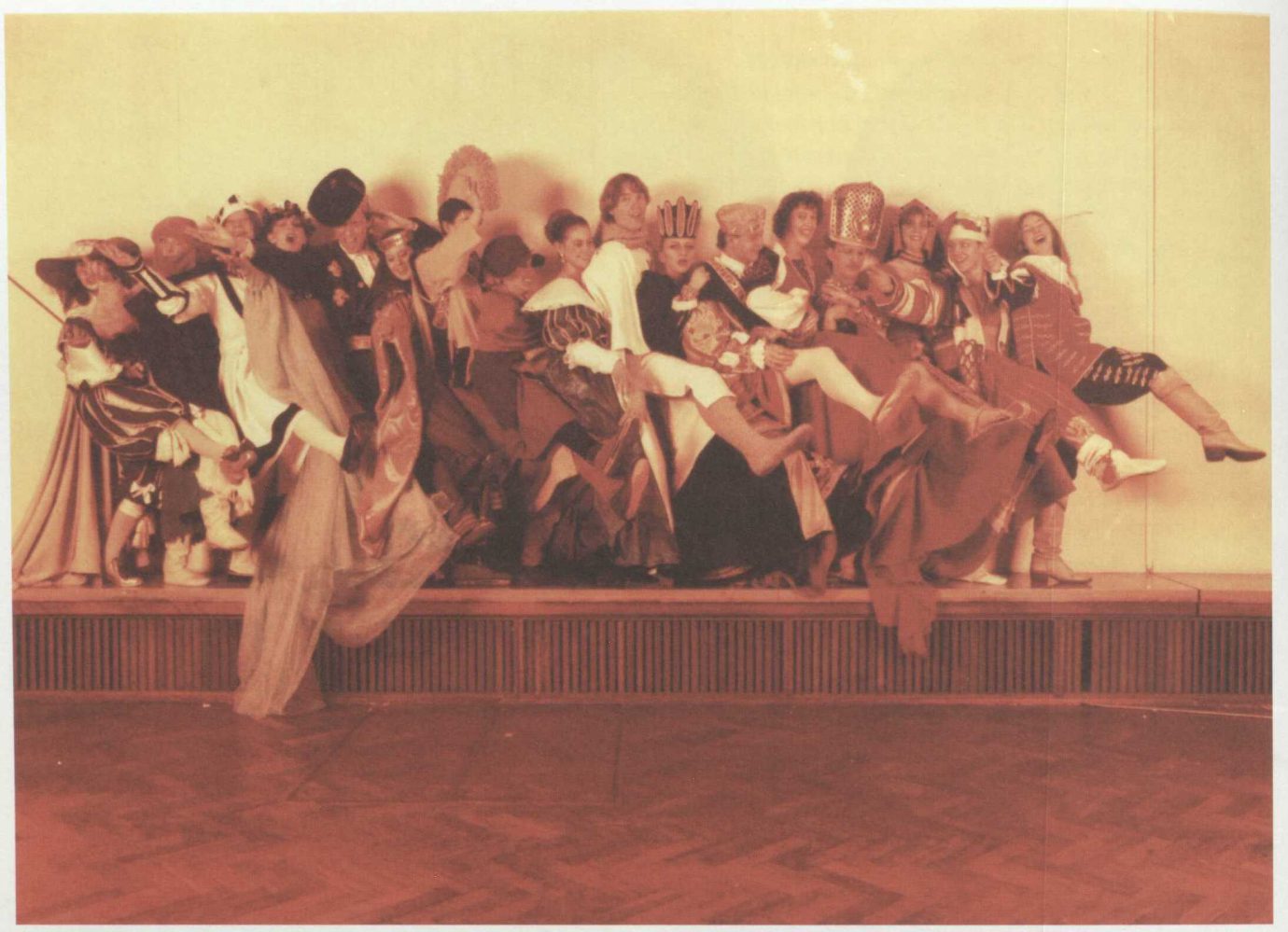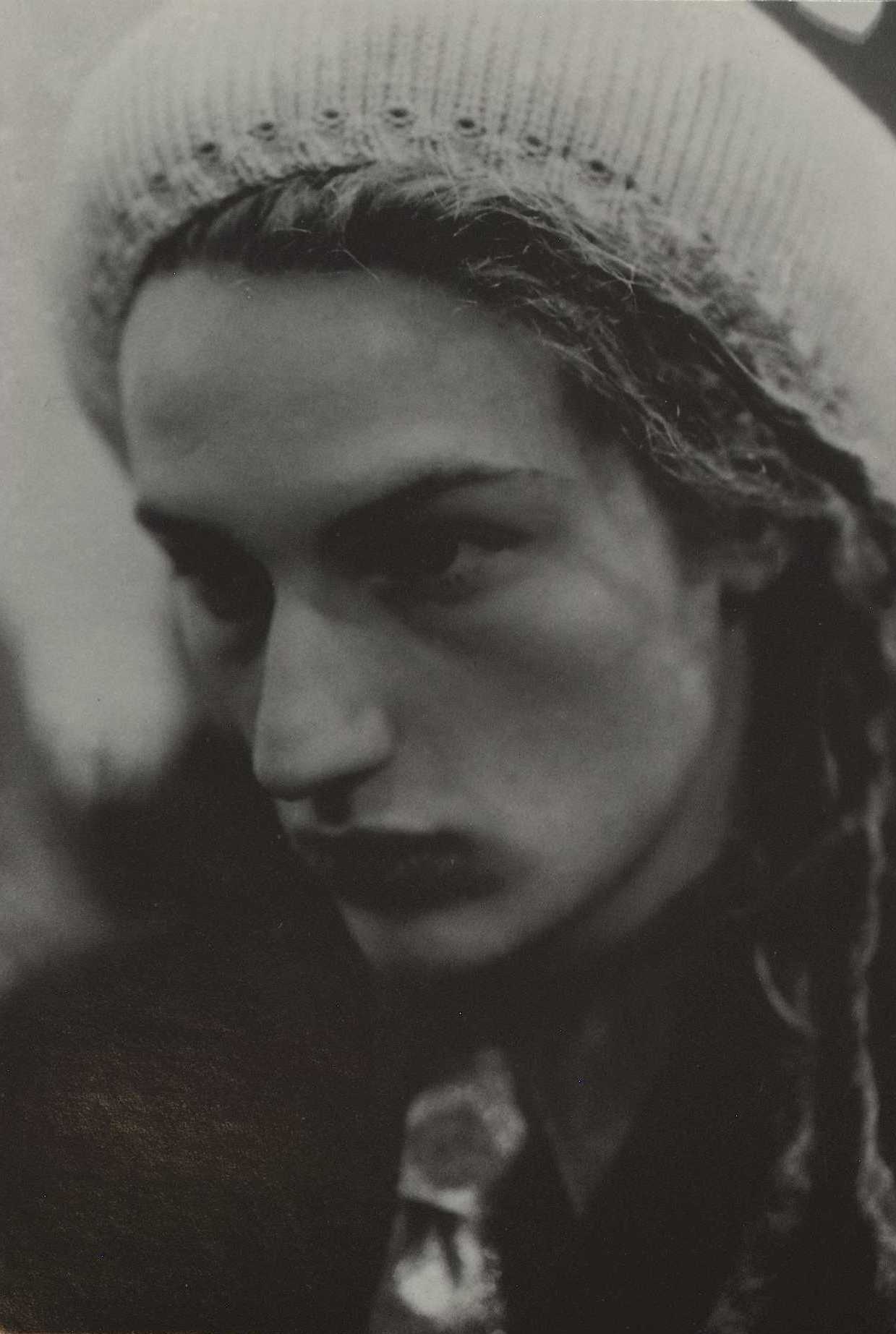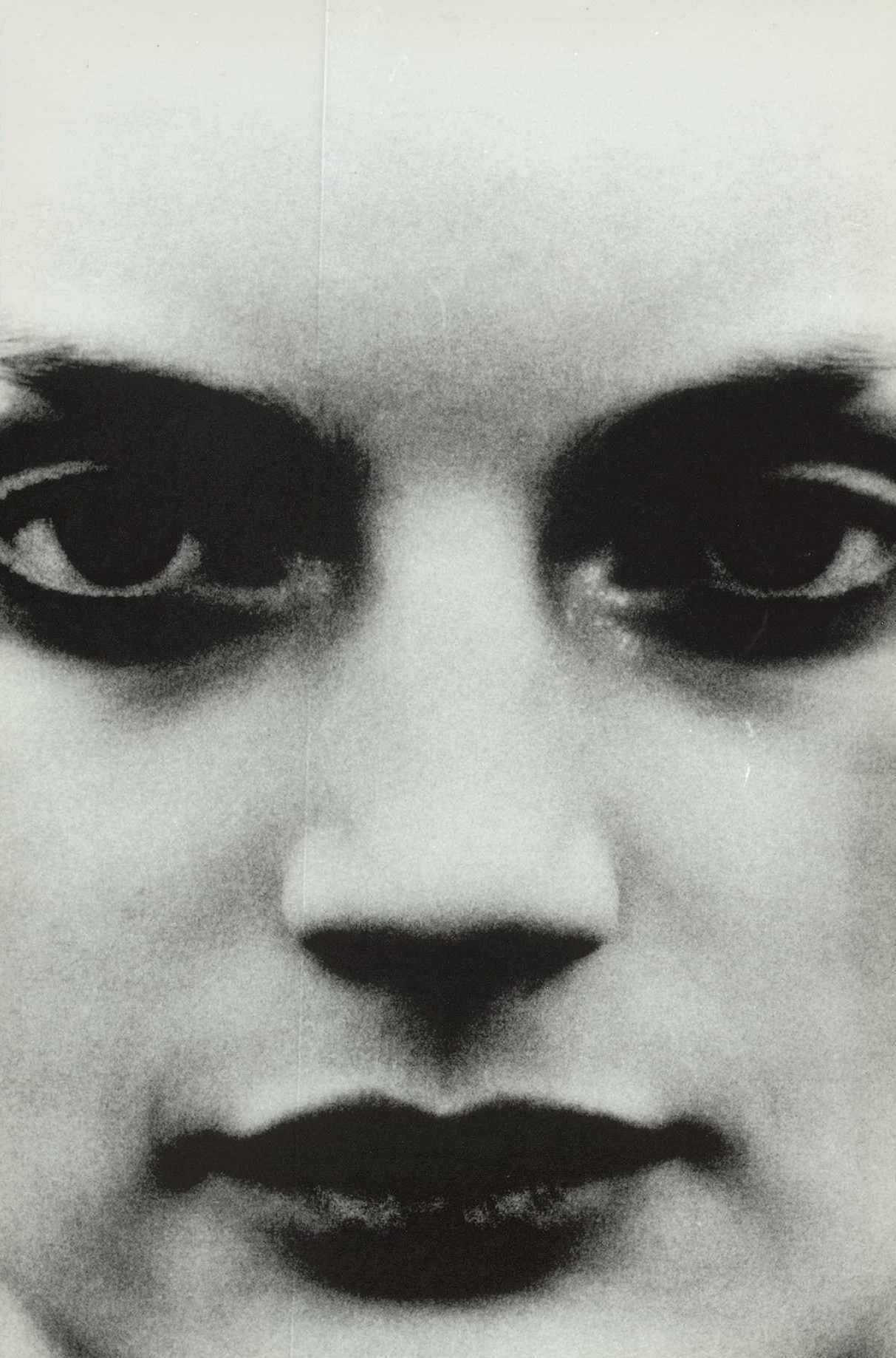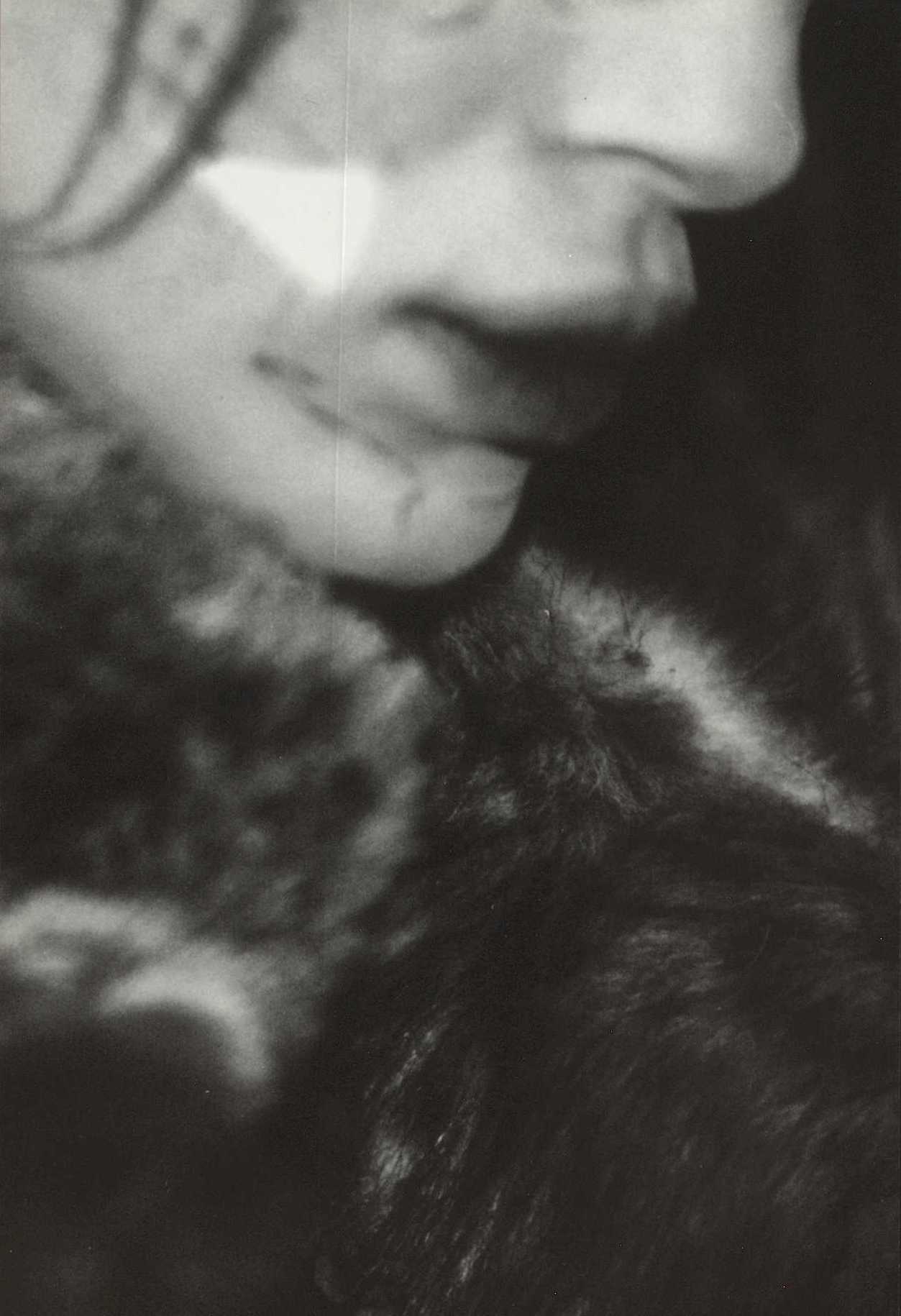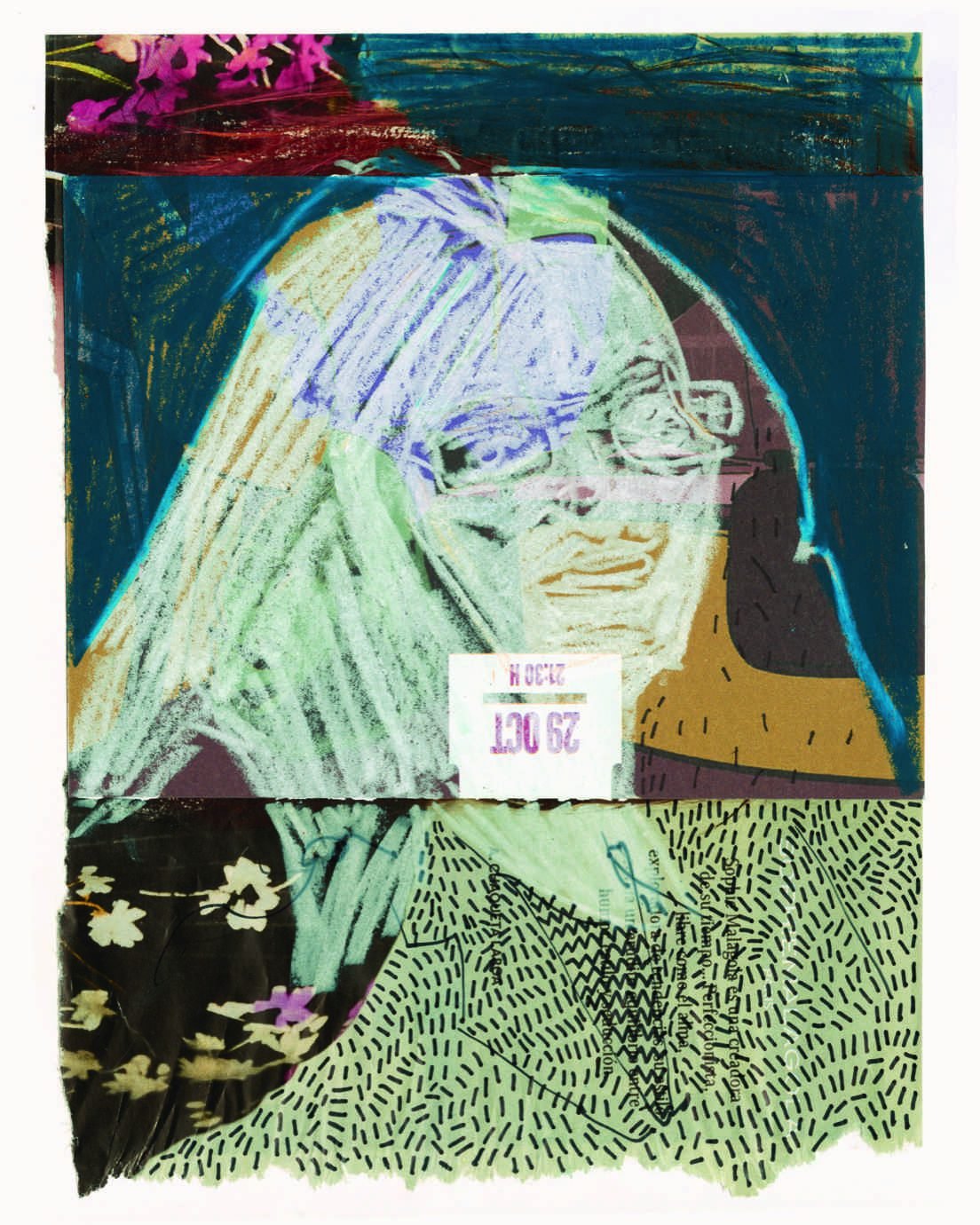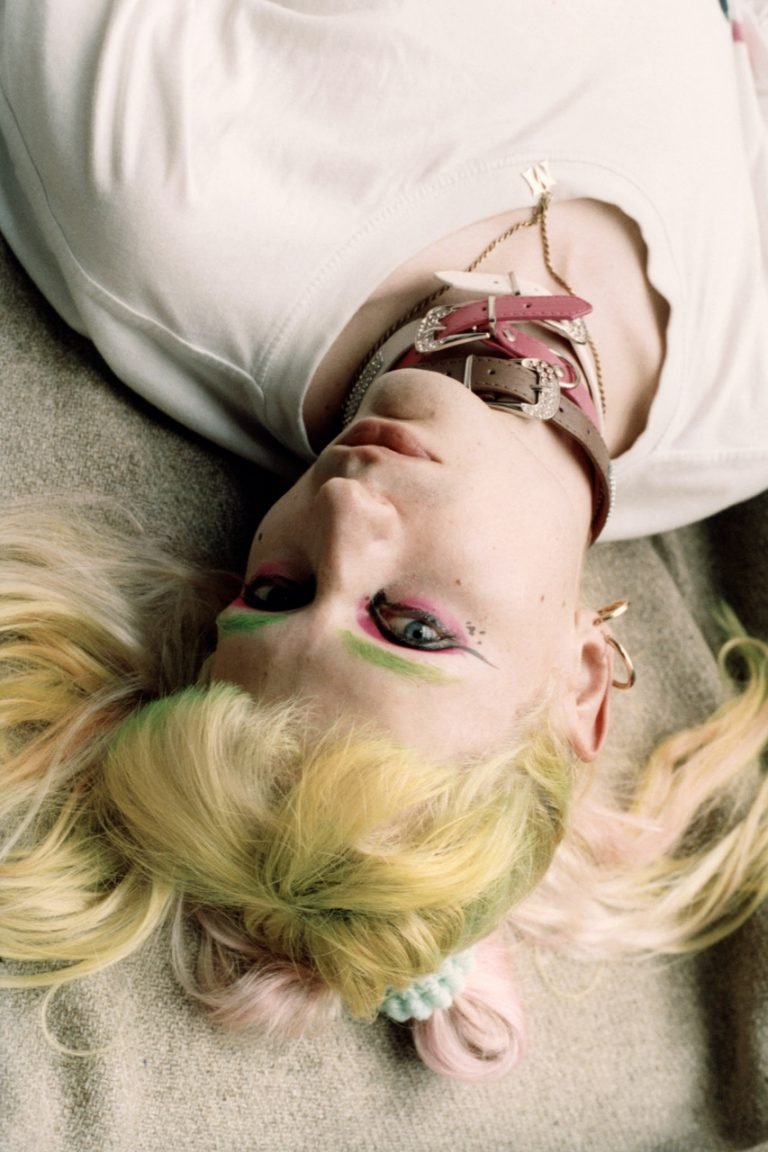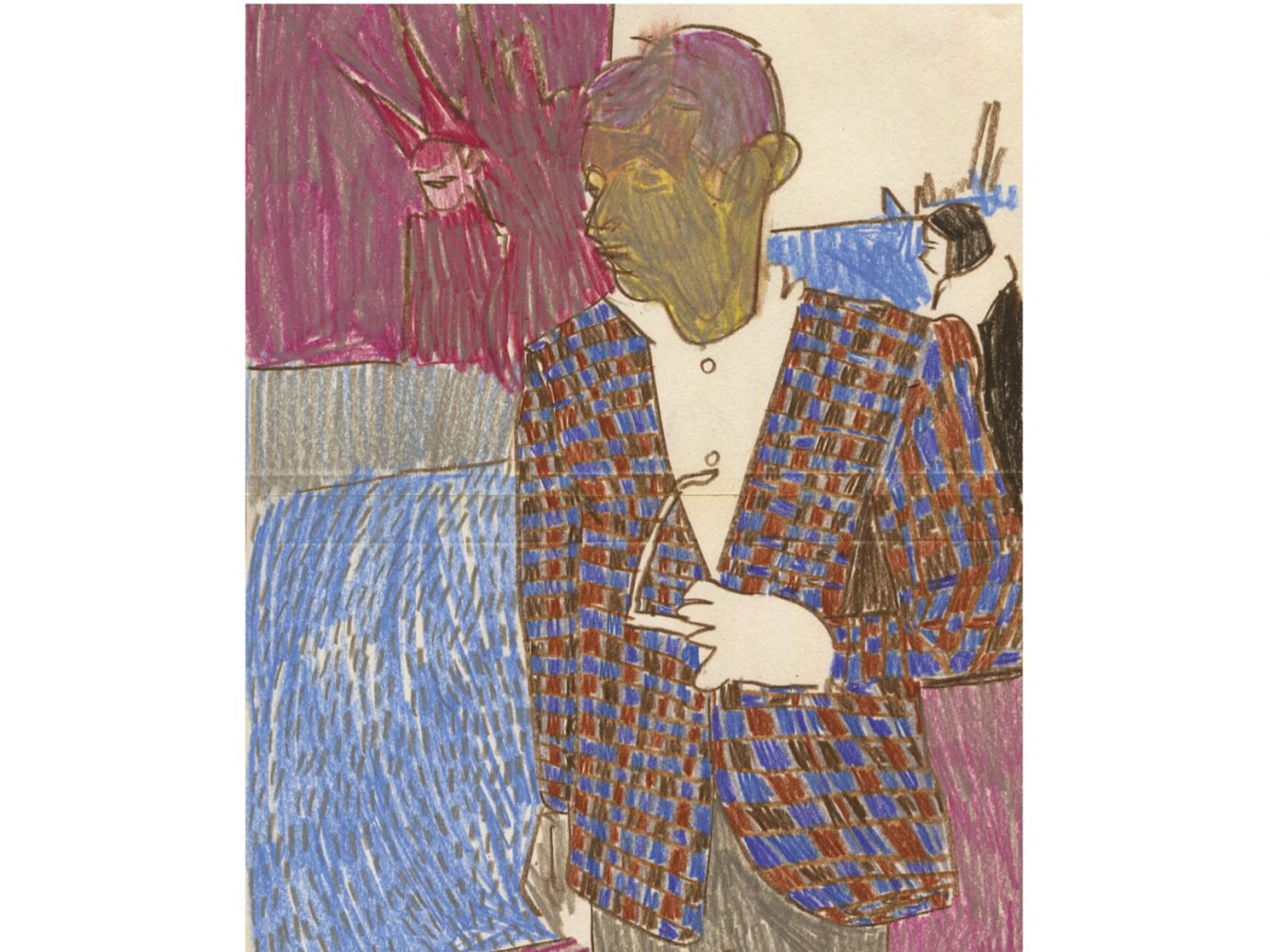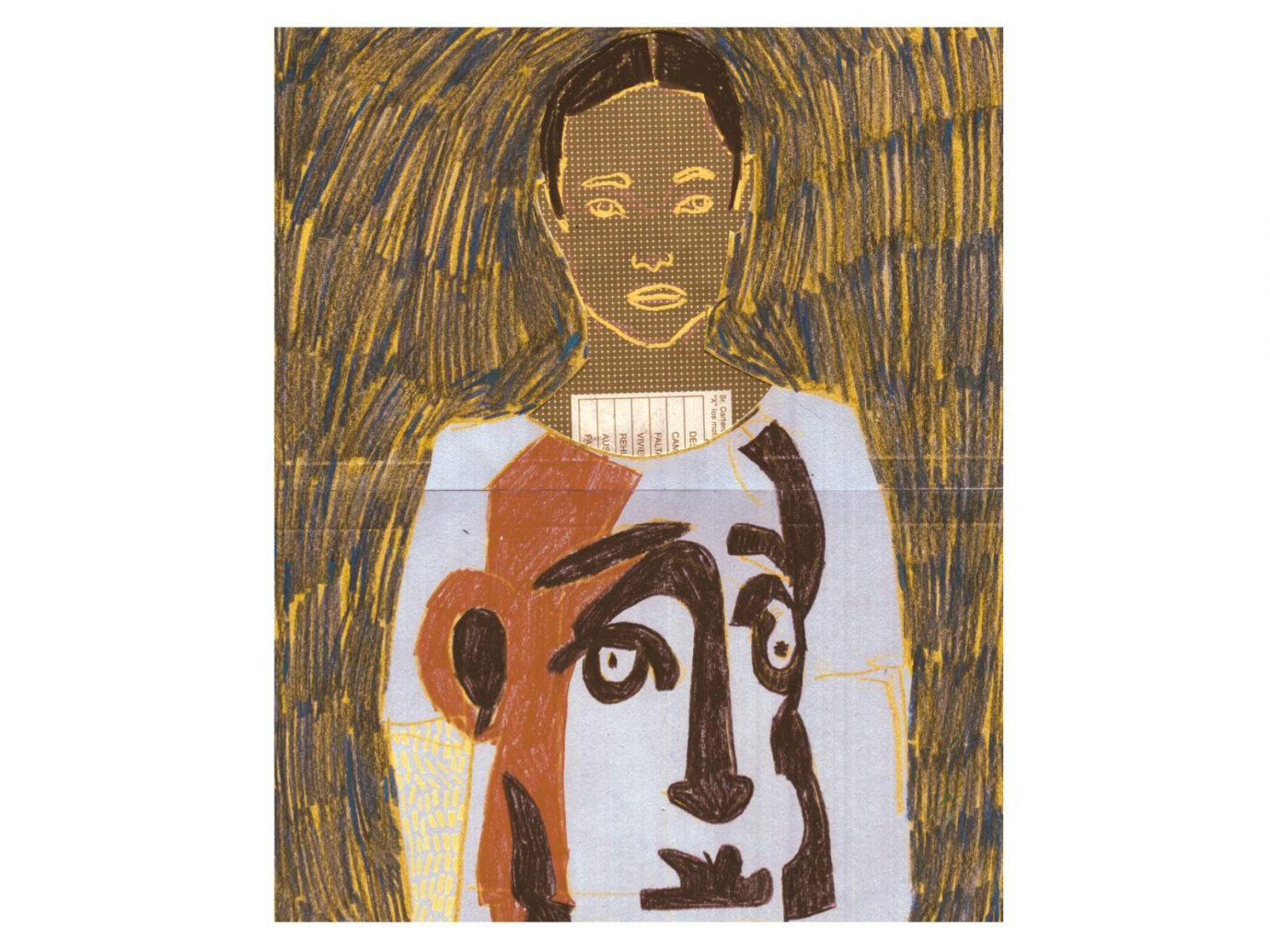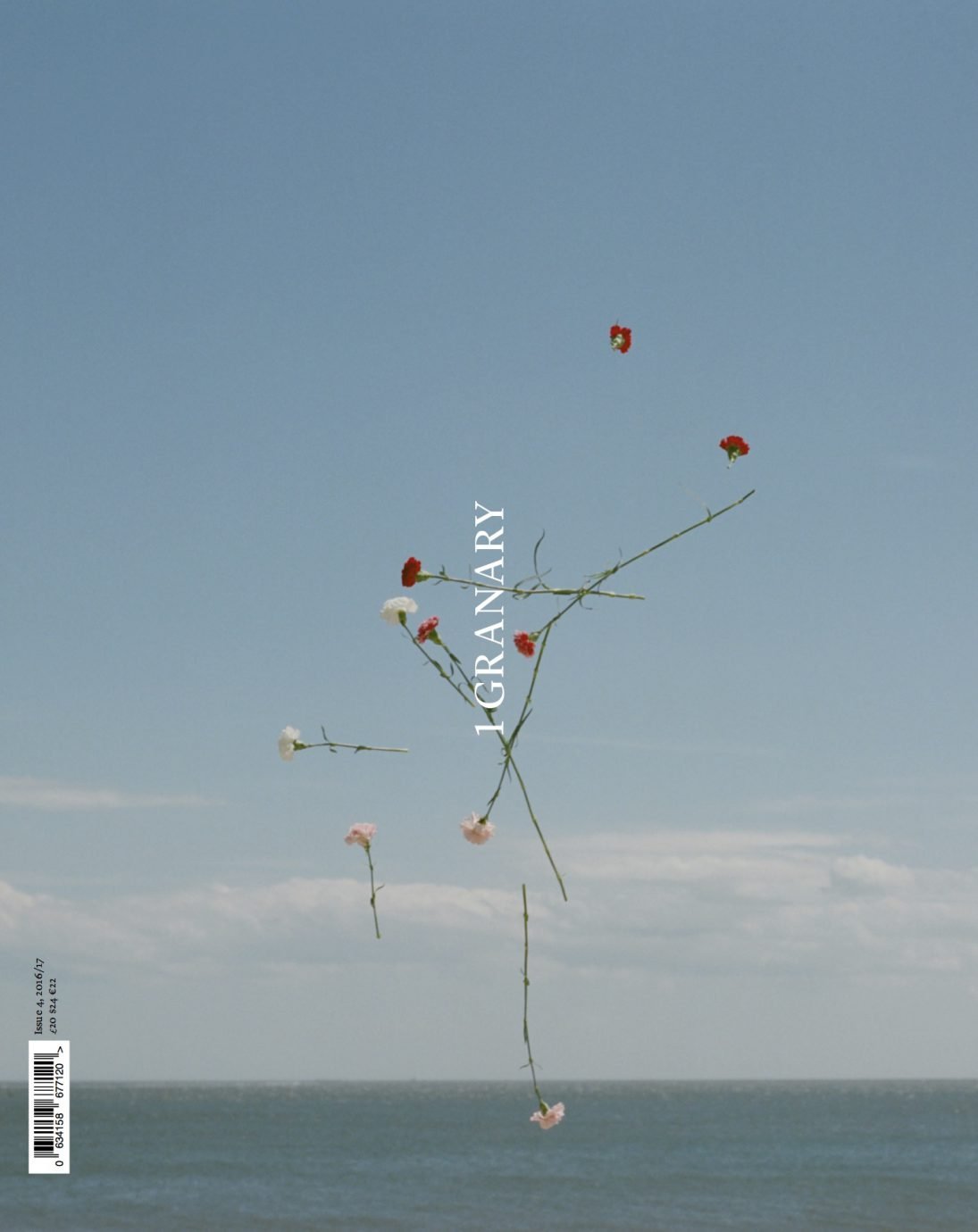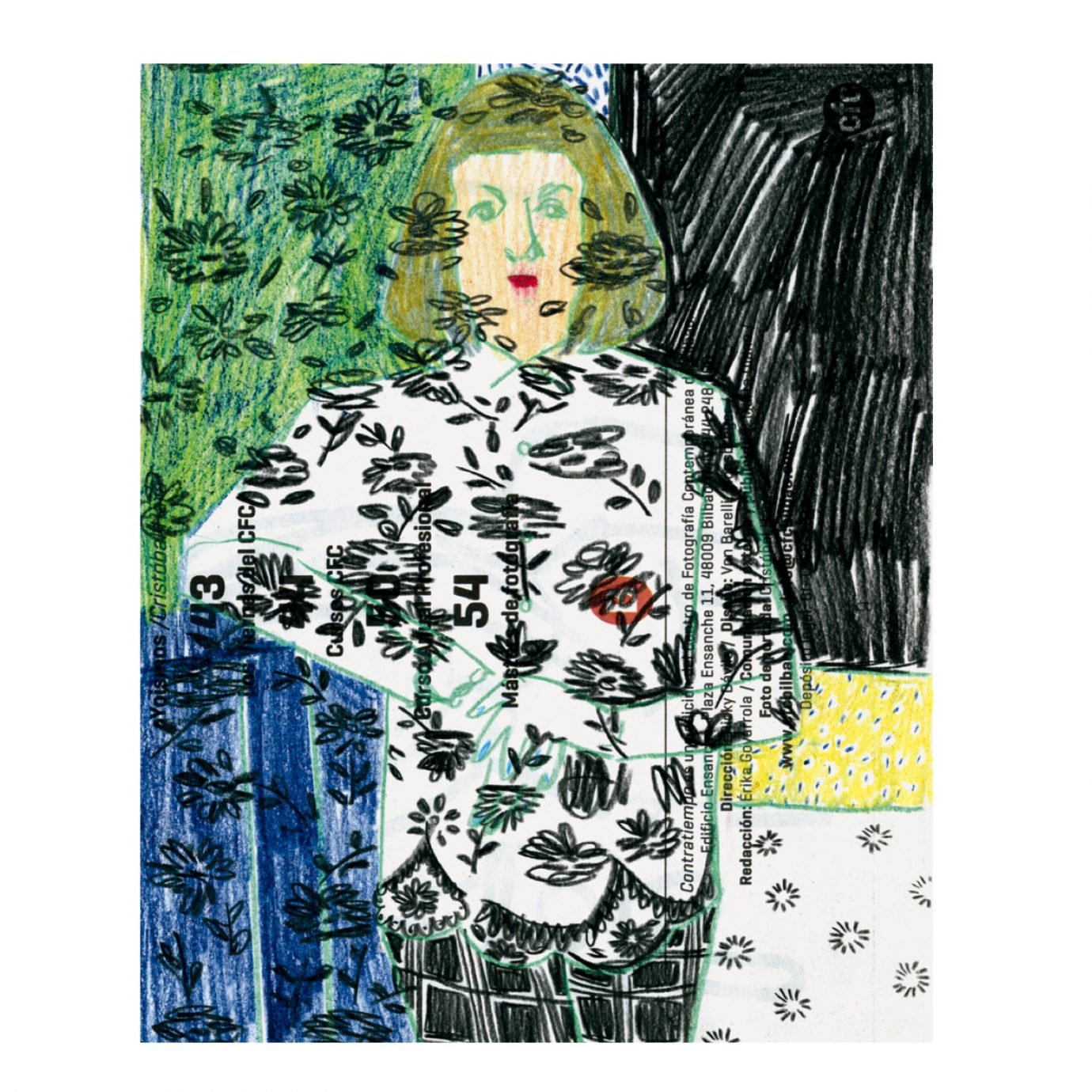What’s on your mind these days?
It’s a strange time at the moment. It’s not a very fun time, with everything that’s happened in Paris, Brussels, the way the world is going… I’m not the youngest guy anymore, but I have never experienced this. The way that fashion is going also worries me. I always believed in pure creativity, and now I get the impression that deliveries are getting more important than creativity.
As a person I am happy, and my business is going extremely well. We are growing in a healthy way, so there I don’t have any worries; I have a very nice creative team. It’s the world that is a little bit strange, and of course as a fashion designer you always try to react to what’s happening. Quite often clothes help to counterbalance a little bit. I always give the example of when you don’t feel well, sometimes you put another sweater on and you already feel much better.
Why don’t you think the current industry is fun?
I think that press, for the moment, has kind of a problem. I think when one house in England says that they’re going to do direct deliveries…
And then it turns out to actually take a couple of weeks.
It’s Burberry, for god’s sake… So, is this really about fashion? Okay, it’s a big brand, but is this what people think when you talk about ‘fashion’? With all respect to Burberry, but for me it’s a little bit like a luxury ZARA where everything is about product, PR, marketing, merchandising, and all that.
When you want to deliver quickly, somebody has to take risks. With the normal fashion system, you show the collection, then you have the stores coming by, they place the orders, then you order fabrics and you produce. You have input from different buyers. With this direct delivery system, it’s going to be one person who has to decide: ok, for this jacket, which we are going to put in the fashion show and offer for direct delivery, we have to produce 100? 200? 500? This is not going to be the creative person. It’s not going to be the designer who says: “I believe in this! This is going to be it!” It’s going to be a merchandiser who says “Ok, this price-wise, balance-wise, fit-wise, that’s going to be the perfect jacket.” I think the input of creative people is going to disappear and be replaced by people who are just busy with figures, sell-through.
For me, clothes are something you really make with your heart. You do your best to create something that you really believe in, you show it and you hope the reaction is going to be good. To make special garments, people have to know that you, as a designer, will take risks.
If press wouldn’t exist at all, would you do anything differently?
I think press is very good and important, but I think that for the moment it went a bit into overdrive. With all the social media and new possibilities, it became something really hectic and strange. I read Business of Fashion every day, but my heart bleeds every time I hear *ping*: “Breaking news, Hedi Slimane leaves Yves Saint Laurent.” It becomes more like gossip press. Maybe a lot of people like Gigi Hadid, but is it now so important that Gigi Hadid is on Vogue Runway every two days? Is that ‘fashion’? I think for me, fashion is something nobler than the make-up tips of Kendall Jenner. And oh! They change colour of hair! Big breaking news!
It’s true that in the last year we had quite a lot of changes within the fashion world. What do you think about this? Do you have rules of how to stay happy and sane in this industry?
Patrick (my partner) and I, we have a very nice house with a very big garden, and the good thing in having a garden is that sometimes it forces you to take a distance from fashion. You want to see the peonies when they are flowering, so you can’t go to the Met ball.
“BUILD UP NOT IN A HURRY, THAT’S THE BEST THING.”
At the moment even students feel stressed about industry prospects, as they see so many designers ‘failing’.
Yesterday I talked to the students of the Antwerp school. Every year we do one day here, where I come and explain my story and how I work. They meet my creative team and in the afternoon they talk with Patrick Scallon, and to the financial people here. Even though everybody thinks everything is amazing, I always say that we had to cross barriers, because fashion didn’t exist in Belgium. I graduated from the fashion school in ‘80, I started my own company in ‘85/’86 and my first fashion show was in ‘92. So don’t think that I came out of fashion school and started my company the next season, did fashion shows, and it was all one big success. It needed time. I designed a lot of not so important commercial collections, from children’s wear to tennis clothes. I designed it all to earn money to be able to invest in my own company. In that way, you immediately create knowledge, and also a kind of patience. The fact that you have financial limitations also forces you to go step by step and to go slow.
Not immediately dreaming the big dream: being on the catwalk in your first season. This is a different situation in London, of course, because with the help of London Fashion Week, doing a show quickly can become a reality. They help quite a lot of young people. But it’s also sometimes dangerous, because doing a fashion show and one collection is not difficult. The second one is also not so difficult because you still get support from your family, friends and everybody wants to work for free. There are customers, they are enthusiastic. The third season is already getting more complicated, because you are getting tired; you have to concentrate on making a new collection while you are solving delivery problems, or organisation problems from the first two seasons. Your friends are getting bored that they don’t see you a lot anymore. They’re also getting a little angry because they are never paid, and now they also want to earn some money. The third and fourth seasons are always the difficult ones.
Tim Blanks once said that the only sure thing about you being hot is that soon you will be cold. How do you think a brand can actually stay relevant?
Don’t become too hot, I think. Taking your time and building up a structure where you’re not depending on if the press finds you hot or not. I think that’s important. Press can make and break you. I think you have to be organised like that; you have to build a structure so they don’t have that power. The best sold seasons that we have are most of the time when the press doesn’t like our collection. I think that’s the proof, and we can talk now about thirty years of experience. There was one season where the press was not really very happy with it. and also the clients didn’t buy it well. It was a collection that for me is still one of my favourites: the collection about Francis Bacon [Fall 2009] with all those very strange colours, for which Suzy Menkes invented a new colour name: ‘rotten shrimp’. [Laughs]
What else do you teach those students that are coming?
First I explain to them about my father and grandfather’s business, how I fell in love with fashion and how I built up together with the Antwerp Six, doing the Golden Spindle contest, and why Martin left to go to Paris with Jean-Paul Gaultier. I explain a bit of that history and that it was an extremely exciting time for us, because as an old guy I am sometimes complaining that fashion became boring. I also tell them that the time between the Woodstock festival and punk was exactly seven years. When you see the past twenty years, not really a lot changed…
I explain to them that in ‘75, it was the beginning of Italian fashion: Versace and Armani were coming up, which was shocking fashion. You’d now think ‘really?’, but it was linen, leather and logos in menswear. It was a completely different way of dressing. One year later you had Montana and Mugler, after that you had Gaultier; then Katharine Hamnett, who was super exciting because she combined fashion, sportswear and day wear. After this you had the Japanese: Yohji Yamamoto and Comme des Garcons came to Paris. That was all in a few years’ time. We grew up between punk and new romantics. For us, that was a super motivating time. To discover what Vivienne Westwood was doing, you needed to go to London to buy an i-D or The Face magazine, party somewhere in a club and go to a Bow Wow Wow show. We didn’t have a computer to click and see what’s happening with Adam Ant, no, you had to search for that. The search sometimes also pushed you to be more creative, which was quite good and interesting. You also made your own interpretations, because sometimes you didn’t know enough of it.
Now emerging designers also face a lot of difficult things, because there is so much fashion. There is so much of everything, but there are also so many opportunities. I think it’s more of a challenge to catch the right opportunity, to surprise people, to find an angle which is surprising. I think there are, in that way, a lot of things for young people to do.
Do you follow the scene of young fashion designers?
Yes – I think that to stay relevant, you have to know what’s happening in fashion schools and on the street.
When you look at young designers, do you see them continuously making the same mistakes?
What we see is always a very edited thing. To see what people do wrong and to be able to help them, you have to be close with them. It’s not by looking through NOWFASHION or Vogue.com that you see what’s wrong, and where you could help.
When there is a young designer and they want to start their own business, we always say: please feel free to pass by, we can explain to you a little bit about how we work, we have an established commercial team here, we have contacts and we believe in you. I don’t finance people, but there are young designers here from the Antwerp Fashion Department that want to start their own thing, and we’re open to help in this way.
With young designers that become a part of your team, how much can you push them towards something? Do you feel like you need to be there for them as a mentor?
It has to be combination of everything. I think that sometimes you have to be more like a parent, like a father or mother, who can push, help, slap… But always with the intention of looking towards the future, I think that is especially important. You need to be stimulated. Fashion can be hard, and most fashion designers have a soft side. This has to be protected. We want to be confronted with reality and I want to be tough, but sometimes I also need support and a shoulder to help, push and stimulate me.
“THE THIRD AND FOURTH SEASONS ARE ALWAYS THE DIFFICULT ONES.”
How do you continue growing personally?
I am a very curious person. I think for a creative person, one of the most important things is to have the right (open-minded) people around you. When I have people who apply for a job,I hate when they put together a portfolio that looks too much like my work. Making a Dries van Noten collection, I can do that better than anybody else. So I don’t look for this. I look for people who can help, surprise and shock me.
When I start to build up a collection, I give my team a brief about the imagined man or woman. Where does she go on holiday? Is it Barcelona or Scotland? Married, ten lovers, lesbian? Does she drink? A lot? Beer or only tea? Dry martini? Does she smokes? If she drives a car, is it a vintage car or whatever kind of car, because she doesn’t like cars? So automatically we get an image about what shoes she wears; jewels or no jewels, makeup or no makeup. Automatically you start to create a whole person, and then in that way, it gives freedom to my creative people to add layers to that person.
Is the personality of the people you work with as important as their work?
Yes, because you don’t work together with their work, you work together with the person. I think they must be people who love life, who have fun in life. Sometimes you have incredibly creative people, but they are not nice to work with. So for me, it’s important that they’re really fun people – this stimulates me also, and I need a lot of that. Even when we don’t do pre-collections, it’s a lot of creative input that needs to be done – every fabric, detail, embroidery, shoe, knitwear, t-shirt: there are a lot of products that we have to make. In that way, you have to say every morning: “Okay, we start with a new day, and I’m going to be very happy to see my creative team again.”
You really need passionate people. Passion is more important than knowledge, because that is something we can teach. I think that when you know too much, sometimes you already have too many particular views on something and you’re not open-minded anymore. Things are changing so fast, and fashion is always unpredictable. An example I always give, is that you can make whatever business plans you want, but the moment when there are two airplanes flying into the World Trade Center in New York, the whole world changes. You can make business plans that say how much you want to sell in the States and in what year you want to launch your perfume – when something like that tragedy happens, you have to review everything. You have to be very flexible and creative to find solutions. Slow down, that’s what I always say to young people. Take your time. Build up not in a hurry, that’s the best thing. It’s like deliveries: they want it instantly. That’s a little bit of a pity. Give it some time, it’s no problem.

